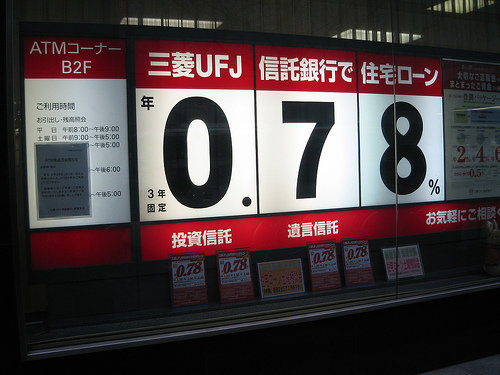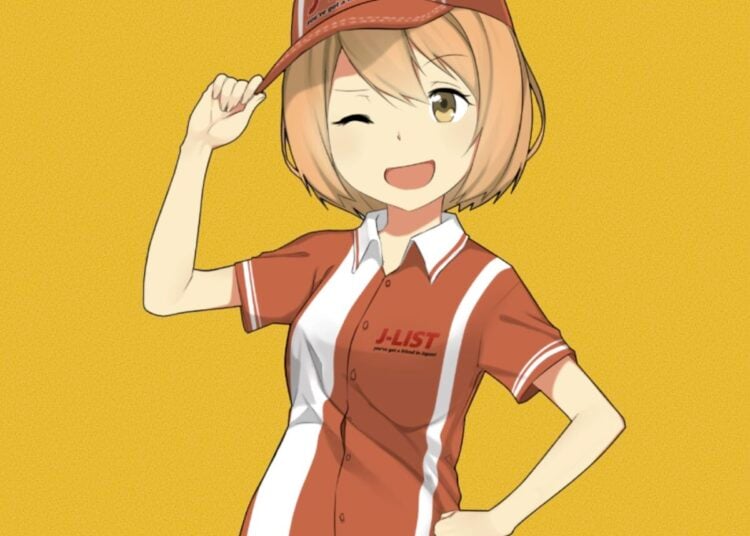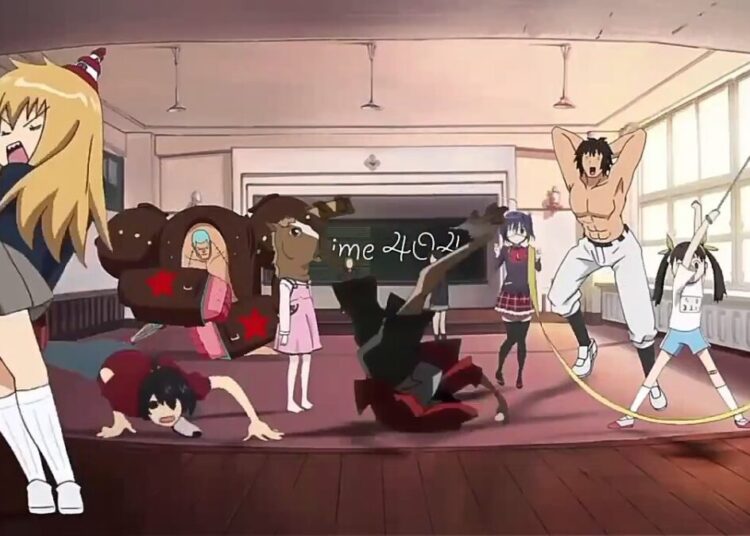More signs of spring all around us in Japan, with warmer weather and lots of windy days, which are known as Haru Ichiban (the First of Spring). It’s nice to see that winter is drawing to an end, but for people with allergies this in-between-seasons period can be a difficult one, as the extra-strong winds whip up lots of pollen and dust. Haru Ichiban marks the beginning of the “pollen mask season” when a large number of people will be seen walking around with SARS-style masks on their faces, trying to keep some of the allergens out.

Japan is a very different place from the rest of the world, and it operates under its own rules, even when it comes to good old Adam Smith. First of all, inflation doesn’t seem to exist here, and except for a few core things like gasoline, prices don’t move much at all. In fact, I’ve noticed very few things getting significantly more expensive over the past 15 years — I think JR raised rail prices once, making the price of a train to Tokyo go from $16 to $18. The last decade has been mostly recession for Japan, as the country slept off the hangover from the bursting of the Tokyo land bubble in the early 1990s, and during that time the government has pursued a zero interest rate policy, effectively lowering the cost of money to banks to nothing in an effort to stimulate the economy. The result is that loans can be had in Japan for 1-2%, and sometimes for even less. I was walking by a bank the other day and noticed an advertisement for 0.78%, fixed at that level for three years (then presumably going to something like 4-5%). Of course, putting your money in the bank will generally net you a laughably low return of around 0.05%, so it’s all relative, I guess. Japan may be an island nation, but it’s not completely closed off, and many investors here take advantage of certificates of deposit, bond issues and other investments available outside Japan, usually offered through proxy companies.
When you learn a foreign language, the first thing you usually learn are the “naughty” words. However, people studying Japanese are often surprised to find that most of the bad words they’re used to in English don’t really exist. Popular Japanese insults include baka (BAH-kah, stupid), aho (ah-HO, this is the Osaka-ben version of baka) or shine (shi-NEH, meaning “go die”), and the “s-word” does exist (kuso), but it’s hard to consider it a really bad word when it’s used freely in anime watched by small children. It’s funny how living in a society that doesn’t use English changes one’s perception of the what a “bad” word even is. For example, my kids are aware of all the bad words that exist in English (“those words that Dad says when he gets really mad”), but the words are all meaningless here in Japan, since using them doesn’t cause a reaction out of the people around you. Language only has function when interfacing with others.
Remember that J-List makes it easy to enjoy DVDs from anywhere in the world, with our line of region free DVD players at great prices. Whether you want to watch the high-end indies or anime DVDs from Japan, or enjoy PAL DVDs from Europe, Australia or South America, the three region free DVD players we’ve got are all excellent choices for you. The players also play just about anything you can throw at them — VCD, DVD-R/RW/R+, even MP3s burned onto CD-R or DVD-R. But best of all, they’re incredibly affordable, starting at just $68 for the Karaoke-enabled DVD-7880K, $109 for the full-featured DVD-7050, and just $148 for the take-anywhere M-280, which has a 7-inch wide screen and battery. All players are shipped out of San Diego for your convenience and are fully warranted.















